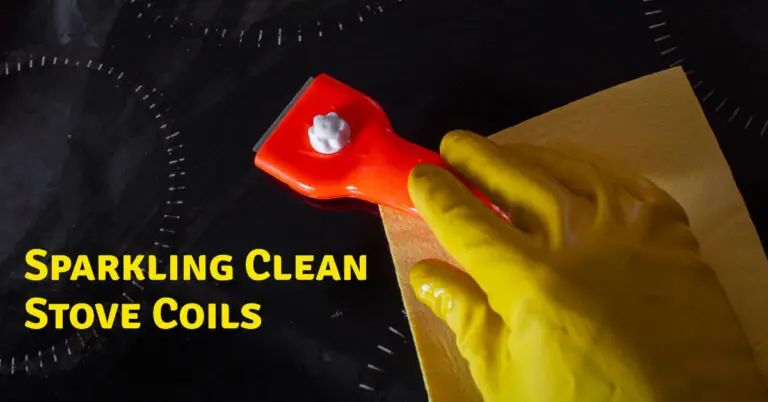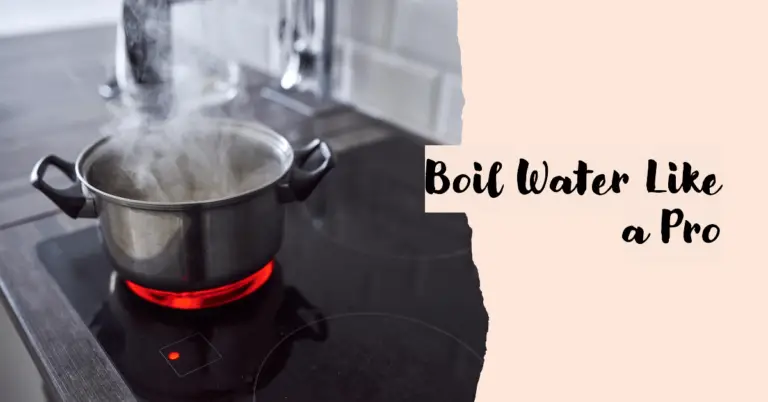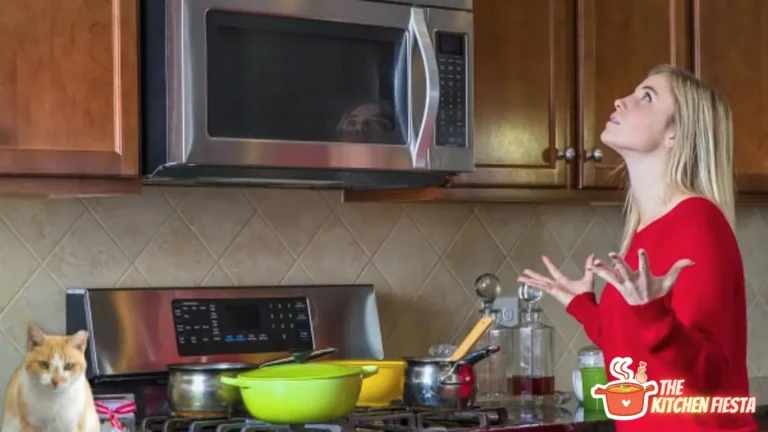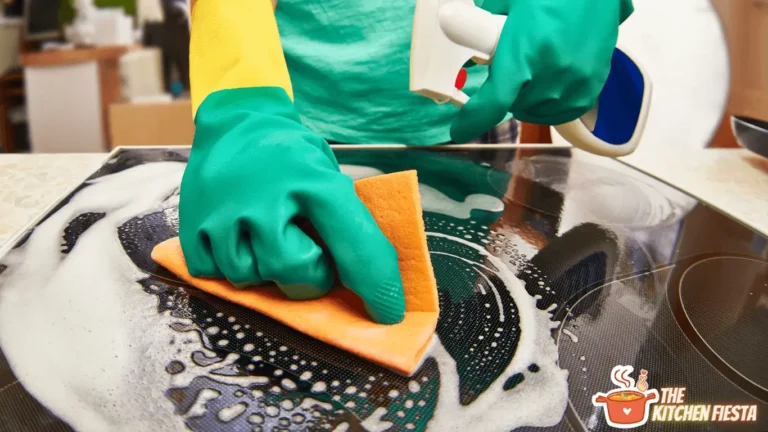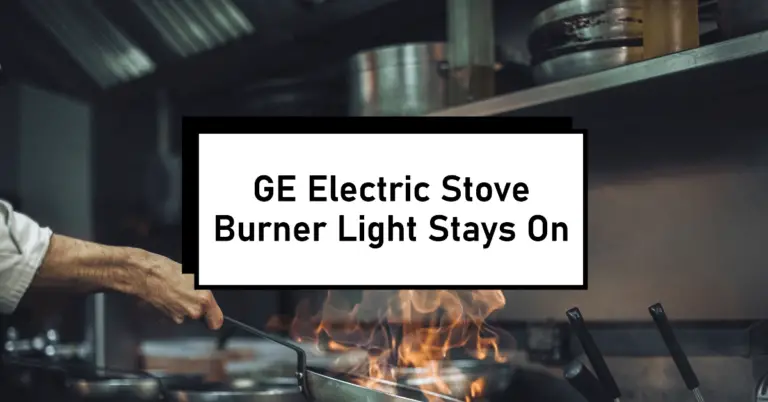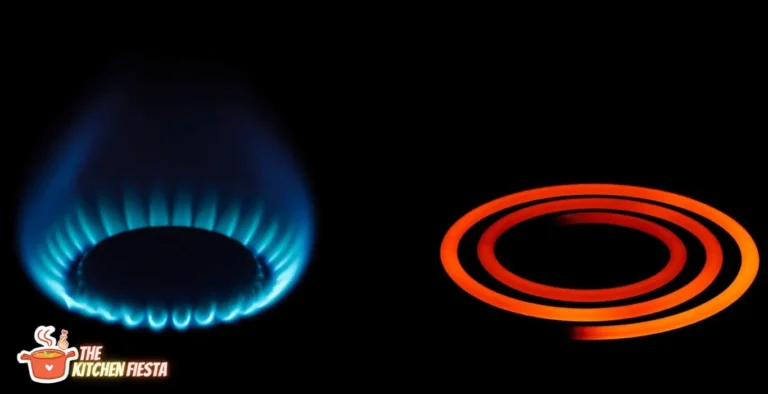Gas Stove Won’t Light After Cleaning: Troubleshooting Tips
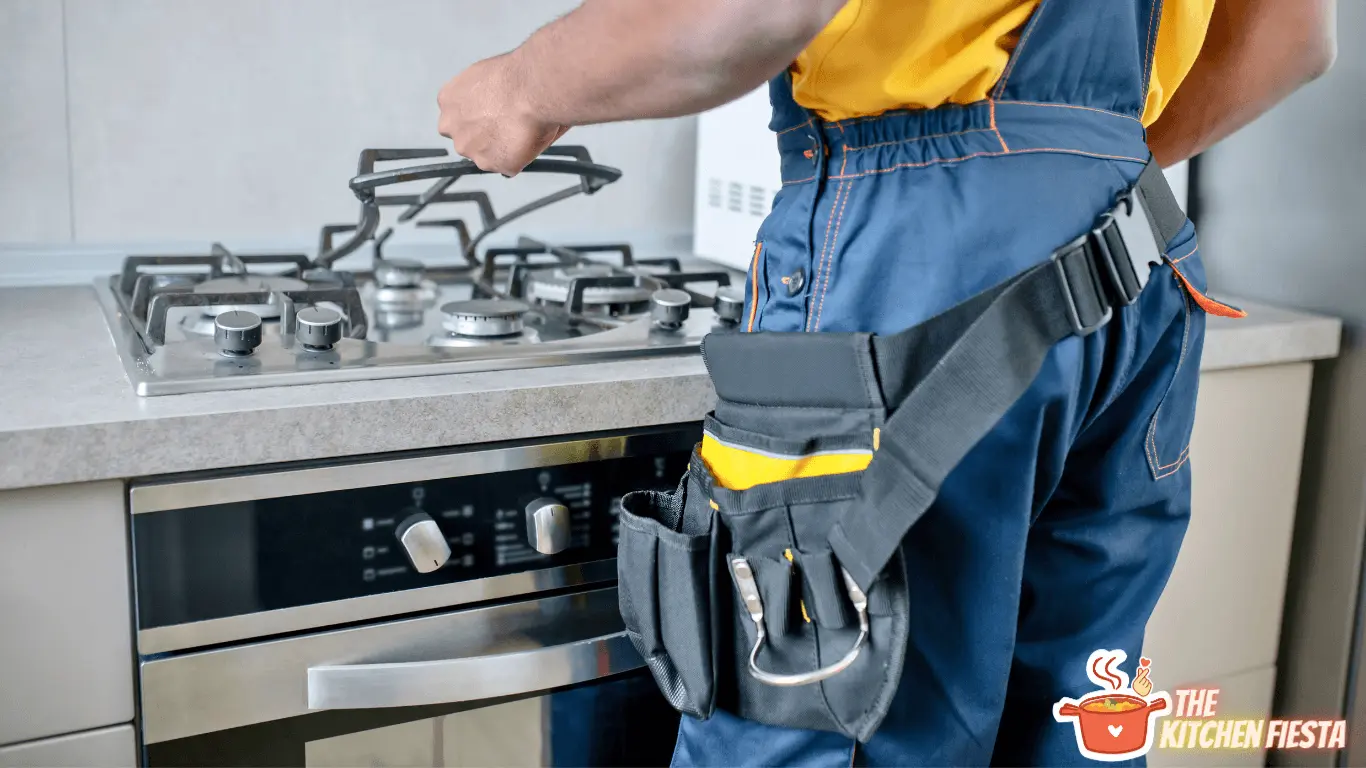
Gas stoves are a staple in many households, providing a reliable and efficient way to cook meals. However, cleaning your gas stove can sometimes lead to unexpected problems, such as difficulty lighting the burners.
This issue can be frustrating and dangerous, leading to gas buildup and potential fire hazards. In this article, we will explore the common causes of gas stoves not lighting after cleaning and safety precautions and troubleshooting steps to help you resolve the issue.
Before diving into the specifics, it’s essential to understand the problem. Several reasons your gas stove may not be lighting up after cleaning include clogged burner holes, moisture buildup, and gas supply issues.
Each of these factors can contribute to the problem, and it’s essential to identify the root cause before attempting any repairs. In the next section, we will discuss safety precautions that you should take before troubleshooting your gas stove.
Key Takeaways
- Gas stoves may not light up after cleaning due to clogged burner holes, moisture buildup, or gas supply issues.
- Taking safety precautions before attempting any repairs on your gas stove is important.
- Troubleshooting steps include checking the gas supply, cleaning burner holes, and ensuring proper ignition.
Understanding the Problem
If you’ve recently cleaned your gas stove and it won’t light, there could be several reasons. This section explores common reasons a gas stove won’t burn after cleaning.
Common Reasons Why a Gas Stove Won’t Light After Cleaning
- Clogged Burner Holes: One of the most common reasons a gas stove won’t light after cleaning is because the burner holes are plugged. When cleaning the stove, debris or cleaning solution may have gotten inside the burner holes, which can cause a blockage. This blockage prevents the gas from flowing through the holes so the burner won’t light.
- Wet Burners: A gas stove won’t burn after cleaning because the burners are wet. When cleaning the stove, it’s important to ensure the burners are completely dry before using them. If the burners are still wet, the gas won’t ignite so the burner won’t light.
- Loose Connections: Finally, a gas stove may not burn after cleaning if there are loose connections. When cleaning the stove, some links may have become loose, preventing the gas from flowing correctly. This can cause the burner to fail to light or to light poorly.
Safety Precautions Before Troubleshooting
Safety should always be our top priority. Before attempting to troubleshoot a gas stove that won’t light after cleaning, we must take a few safety precautions to avoid accidents.
Firstly, we need to ensure that the gas supply to the stove is turned off. This can be done by turning off the gas valve located behind the stove. We should also ensure no open flames or sparks are nearby, as gas is highly flammable and can ignite easily.
Secondly, we need to make sure that the stove is cool to the touch. Cleaning a hot stove can be dangerous and can cause burns. We should wait for the stove to cool down entirely before troubleshooting it.
Thirdly, we must wear protective gear such as gloves and safety glasses to avoid injuries. We should also ensure that the area around the stove is well-ventilated to avoid inhaling harmful fumes.
Lastly, we should carefully read the manufacturer’s instructions before troubleshooting the stove. This will give us a better understanding of the stove’s components and how they work, which will help us troubleshoot the problem more effectively.
Troubleshooting Steps
If your gas stove won’t light after cleaning, here are some troubleshooting steps you can take:
1. Inspecting the Igniter
The igniter is responsible for creating a spark that ignites the gas. If it’s not working properly, your stove won’t light. Here’s how to inspect the igniter:
- Turn off the gas supply to the stove.
- Remove the burner grate and cap.
- Look for any visible damage or debris on the igniter.
- Use a multimeter to test the igniter’s resistance. It should read between 40 and 400 ohms. If it’s outside of this range, it needs to be replaced.
2. Checking the Gas Flow
If no gas flows to the stove, it won’t light. Here’s how to check the gas flow:
- Make sure the gas supply valve is open.
- Check the gas line for any kinks or damage.
- Turn on a burner and listen for the gas flowing. If you don’t hear anything, there may be a problem with the gas line.
3. Examining the Burner Cap and Ports
If the burner cap or ports are clogged with debris, the gas won’t flow properly, and the stove won’t light. Here’s how to examine the burner cap and ports:
- Remove the burner cap and grate.
- Inspect the burner ports for any debris or blockages. Use a toothbrush or wire brush to clean them out.
- Check the burner cap for any damage or residue. Clean it with soap and water if necessary.
Professional Help
When to Call a Professional
If you have tried all the troubleshooting steps and your gas stove still won’t light, it might be time to call in a professional. Some signs that you need professional help include the following:
- The gas stove won’t light even after cleaning the burners and igniters.
- You smell gas when you turn on the stove.
- The flame is orange or yellow instead of blue.
- The stove makes strange noises when you turn it on.
Choosing the Right Professional
Find someone who is qualified and experienced. Here are a few things to look for:
- Licensing and certification: Ensure the professional is licensed and certified to work on gas stoves. This will ensure they have the necessary training and knowledge to do the job safely.
- Experience: Look for a professional who has experience working with gas stoves. Ask for references and check online reviews to understand their track record.
- Insurance: Make sure the professional has liability insurance in case something goes wrong during the repair.
Preventive Measures
Proper Cleaning Techniques
Use the proper techniques to avoid damaging the stove and causing it to malfunction. We recommend using a soft cloth or sponge and mild detergent to clean the stove. Avoid using harsh chemicals or abrasive sponges that can scratch the stove’s surface.
Avoid getting water or cleaning solution inside the burners or igniter. This can cause the stove to malfunction and prevent it from lighting properly. To clean the burners, remove them from the stove and use a soft brush or toothbrush to remove any debris or buildup. Be sure to dry the burners thoroughly before reattaching them to the stove.
Routine Maintenance
Regular maintenance is essential to keep your gas stove functioning properly. We recommend regularly checking the burners and igniter to ensure they are clean and debris-free. If you notice any buildup or damage, clean or replace the affected components as needed.
Check the gas supply and connections regularly to ensure they are secure and functioning correctly. If you notice any leaks or damage, contact a professional to inspect and repair the stove.
We recommend scheduling regular professional maintenance to keep your stove in top condition. A professional can thoroughly inspect and clean the stove, ensuring it functions safely and efficiently.
Frequently Asked Questions
Why Is Our Gas Stove Not Lighting But Clicking?
If your gas stove is not lighting but clicking, likely, the igniter is not getting enough power to light the burner. Check to ensure the gas supply is turned on and the gas valve is fully open. The problem may be with the igniter if the gas supply is OK. Try cleaning the igniter with a dry cloth and make sure that it is appropriately aligned with the burner head. If this doesn’t work, you may need to replace the igniter.
What Should We Do If Our Gas Stove Won’t Light But We Can Smell Gas?
If your gas stove doesn’t light, but you can smell gas, turn off the gas supply and open windows and doors to ventilate the area. Only attempt to light the burner once the gas has dissipated. The problem may be with the igniter or the gas valve. Try cleaning the igniter and ensure the gas valve is fully open. If this doesn’t work, you may need to call a professional to inspect and repair the stove.
Why Won’t Our Gas Stove Light Even Though There Is No Clicking Sound?
If your gas stove won’t light and there is no clicking sound, likely, the igniter is not getting power. Check to ensure the gas supply is turned on and the gas valve is fully open. The problem may be with the igniter if the gas supply is OK. Try cleaning the igniter with a dry cloth and make sure that it is appropriately aligned with the burner head. If this doesn’t work, you may need to replace the igniter.
What Could Be The Cause Of Our Gas Oven Not Lighting After Cleaning?
If your gas oven doesn’t light after cleaning, the burner head or igniter may have been damaged or misaligned. Carefully inspect the burner head and igniter and ensure they are properly aligned and debris-free. If this doesn’t work, you may need to replace the igniter or burner head.
What Should We Do If Our New Gas Stove Won’t Light?
If your new gas stove doesn’t light, ensure the gas supply is turned on and the gas valve is fully open. Check to ensure that the igniter is properly aligned with the burner head and clean and free of debris. If the stove still doesn’t light, you may need to call a professional to inspect and repair the stove under warranty.

